May 22, 2025 | 18:37 GMT +7
May 22, 2025 | 18:37 GMT +7
Hotline: 0913.378.918
May 22, 2025 | 18:37 GMT +7
Hotline: 0913.378.918
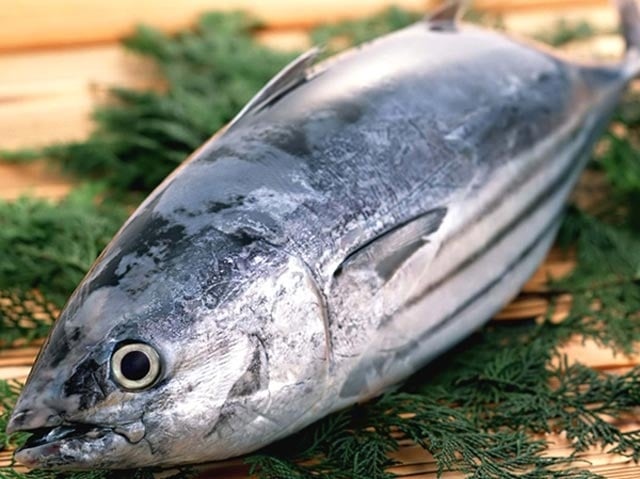
Tuna exports to Australia increased to a three digits number in the first 10 months of the year. Photo: TL.
According to the Vietnam Association of Seafood Exporters and Producers (VASEP), in the first ten months of 2021, Australia is one of the rare markets where Vietnam’s tuna export growth rate reached a 3 digits number.
Information from the General Department of Customs shows that Vietnam’s tuna export to Australia reached nearly USD 2.7 million, an increase of 103% over the same session last year.
Continuously since the beginning of the year, Vietnam’s tuna export value to Australia remains at a high growth rate. Tuna products exported to Australia’s market all showed a strong increase in comparison with the same session. Tuna products mainly for export to Australia’s market include canned or bagged oiled tuna, frozen tuna meat/filets, frozen tuna cuts…
There are currently 19 Vietnamese businesses participating in tuna export to Australia. The largest among them are Ha Long - Da Nang Canned Food One Member Limited Liability Company, Hai Long Nha Trang Seafood Co., Ltd, and Ba Hai Joint Stock Company.
According to the International Trade Centre, over the first 9 months of 2021, Thailand, Indonesia, Vietnam and the Philippines are the top four largest tuna suppliers for Australia’s market.
Thailand and Indonesia with market shares of 73% and 23% respectively are holding the first and second positions. Vietnam is currently the third-largest supplier, accounting for 1,6% of the total import value of Australia.
In the first nine months of 2021, tuna imports of Australia from Vietnam were up 209%, while imports from Thailand were down 15% and Indonesia up 28%.
In comparison with Thailand and Indonesia, the prices of Vietnam’s tuna products are lower at the moment. This is a clear sign showing that businesses around the world are trying to expand their shares in this market.
Translated by Hoang Duy
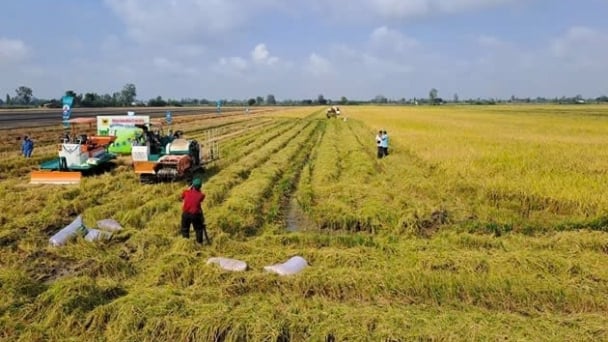
(VAN) To operate carbon market, one of the key issues is determining which types of 'commodities' meet the standards to be traded on the market.
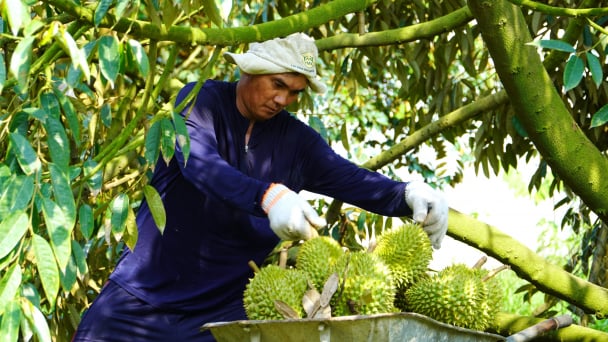
(VAN) Durian-producing localities need to coordinate more effectively with central authorities to improve the traceability, monitoring, and response systems in case of violations.
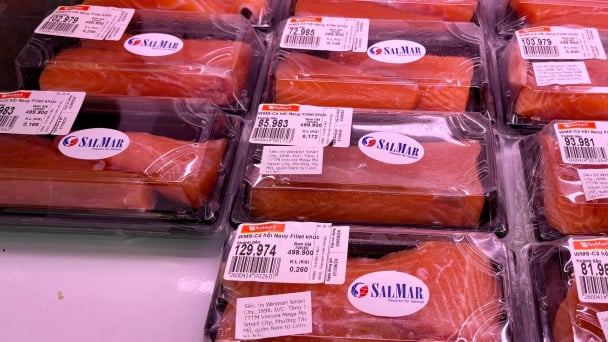
By minimizing waste, embracing modern technology, and expanding into niche markets, SalMar - the second largest producer of Atlantic salmon in the world has built a successful strategy to conquer the global market.

(VAN) One of the key factors for businesses to effectively take advantage of tariff preferences under these FTAs is the rules of origin.

(VAN) Oliyar, a prominent Ukrainian oil and fat manufacturer, has revealed plans to build a farm for 2.3 million laying hens in the Lviv region. The additional production quantities promise to change the competitive landscape of the egg market of the Eastern Europe region.
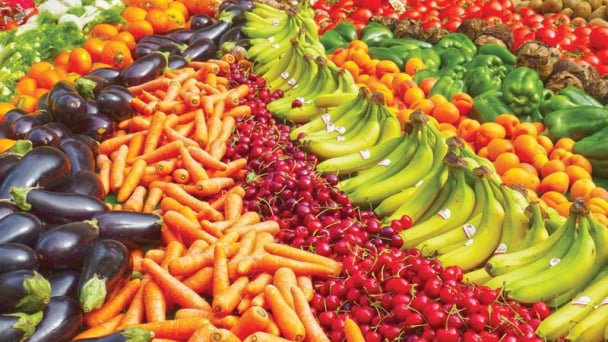
(VAN) On May 15, Ministry of Agriculture and Environment of Vietnam hosted the 'Connecting Vietnam - Germany agricultural, forestry and fishery trade' seminar in Berlin, Germany.

(VAN) In the face of counterfeit and imitation products, Khanh Hoa Salanganes Nest Company hopes for the prompt completion of the legal framework, strict enforcement against violations, and protection of the bird’s nest brand.